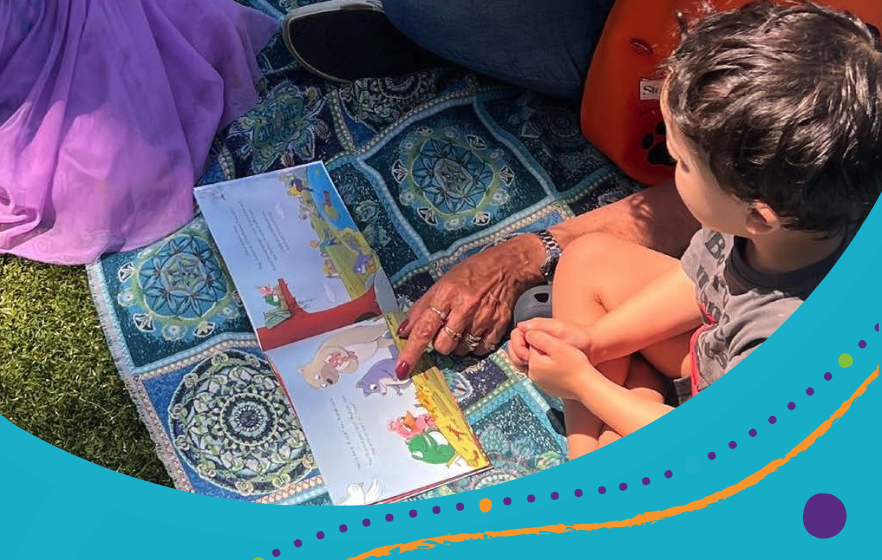Caring for children and caring for the planet are inextricably linked
According to Adrián Cerezo, Senior Fellow at Capita, a think-tank focused on children and families, who recently addressed the National Early Years Policy Summit in Brisbane, children’s resilience is as important as the resilience of our physical infrastructure in confronting the climate crisis.
In his work with UNICEF, Cerezo argues that caring for children and planet are inextricably linked, and that:
“policies and programs focused on early childhood development (ECD) provide a cost-effective, comprehensive, immediate, and enduring path to achieving climate resilience, climate adaptation, and the sustainable development agenda.”
Three critical policy and program areas that Australian governments and organisations can act on now include:
- Mainstream ECD in climate resilience and adaption systems
- Invest in child, caregiver and community focused interventions
- Invest in physical space and infrastructure-focused initiatives
Climate resilient solutions are essential for the future of children around the world
Aligned with these policy and program priorities, UNICEF Australia and action groups like Millenium Kids, Australian Youth Climate Coalition, Seed Mob and Parents for Climate call for child and youth-centred and -inclusive action on climate change and disaster risk reduction to support individual and community wellbeing and resilience, in and outside of disaster settings.
They show that child and youth-centred and -inclusive action helps protect biodiverse nature and create cleaner air and water, greener, cooler cities and regions, healthier buildings, and people, businesses, and communities better prepared for extreme weather events and other tough times.
This is urgent in high-climate risk locations and environments, like many parts of Australia, where the effects of extreme weather events like heat waves, drought, storms, cyclones, floods and air quality emergencies pose disproportionate risks to the daily lives, wellbeing, and development of infants, children, young people and their caregivers.
Here’s how building children’s resilience contributes to climate resilience
1. Helps develop coping mechanisms:
-
- Adaptability: Resilient children are more adaptable to changes in their environment, which is essential in a world experiencing climate-related shifts.
-
- Emotional Regulation: Learning to manage emotional distress related to climate change and disaster impacts is vital. Children need to be able to express their feelings, practice conflict resolution and work together to address challenges as a part of healthy development.
-
- Problem-Solving: Resilience helps children develop problem-solving skills, enabling them to find solutions to environmental issues and adapt to new situations, including during and after extreme weather events and disasters.
2. Fosters Agency and Action:
-
- Community Engagement & Connection: Resilient children are more likely to participate in community efforts to address climate change, such as local adaptation projects or advocacy, and disaster prevention, preparedness, response and recovery.
-
- Sustainability Mindset: Building resilience includes fostering a sense of connection and responsibility to self, community, and the world around you. This can lead to a desire to protect the environment, leading to sustainable choices and actions.
-
- Leadership Potential: Resilient individuals can be better equipped to lead and inspire others, contributing to collective action on climate change including involvement in local disaster risk reduction.
3. Enhances Long-Term Well-being:
-
- Reduced Mental Health Impacts: Climate change and disasters can cause anxiety and stress. Building resilience helps children cope with these challenges and reduces the risk of mental health issues.
-
- Improved Social Connections: Strong social connections are a feature of resilience and support collaborative efforts to address climate-related issues and prepare, respond and recover from disasters.
-
- Positive Outlook: A resilient mindset can foster a sense of hope and optimism, even in the face of challenging environmental conditions and increasing disasters.
By Anita Egginton, Thriving Kids in Disasters Project Officer
For more information and inspiration, visit the Thriving Kids in Disasters Project Library.


